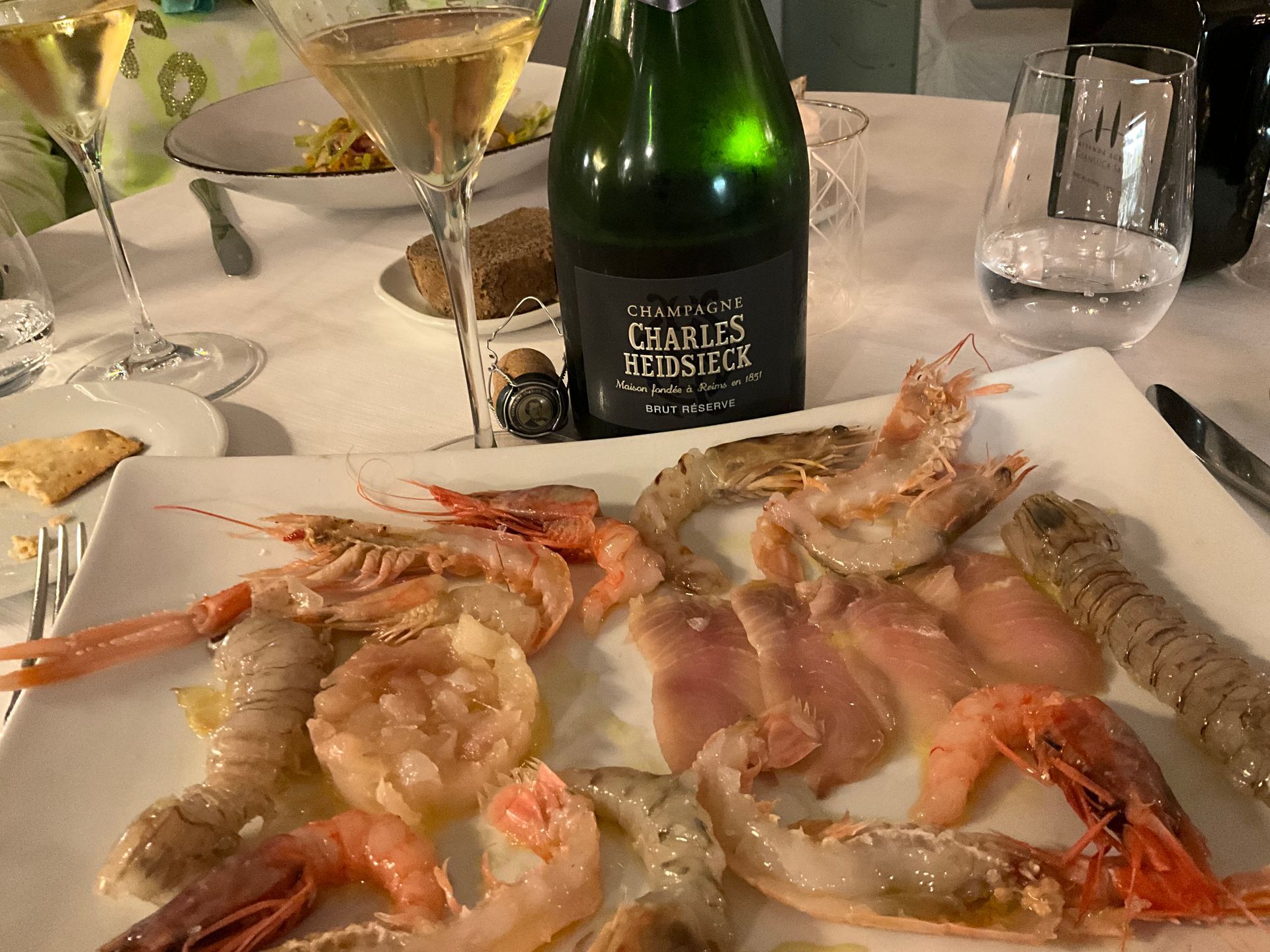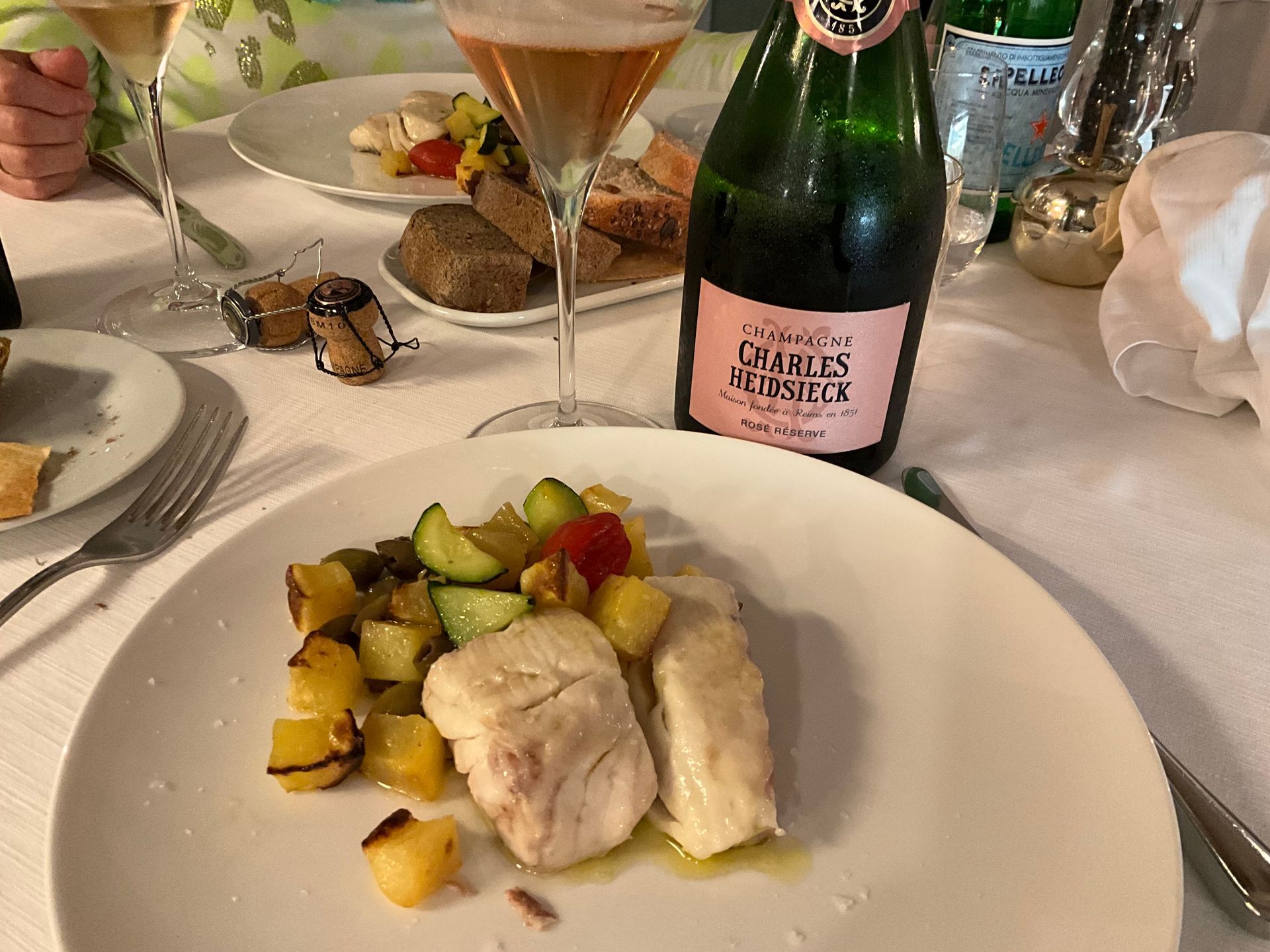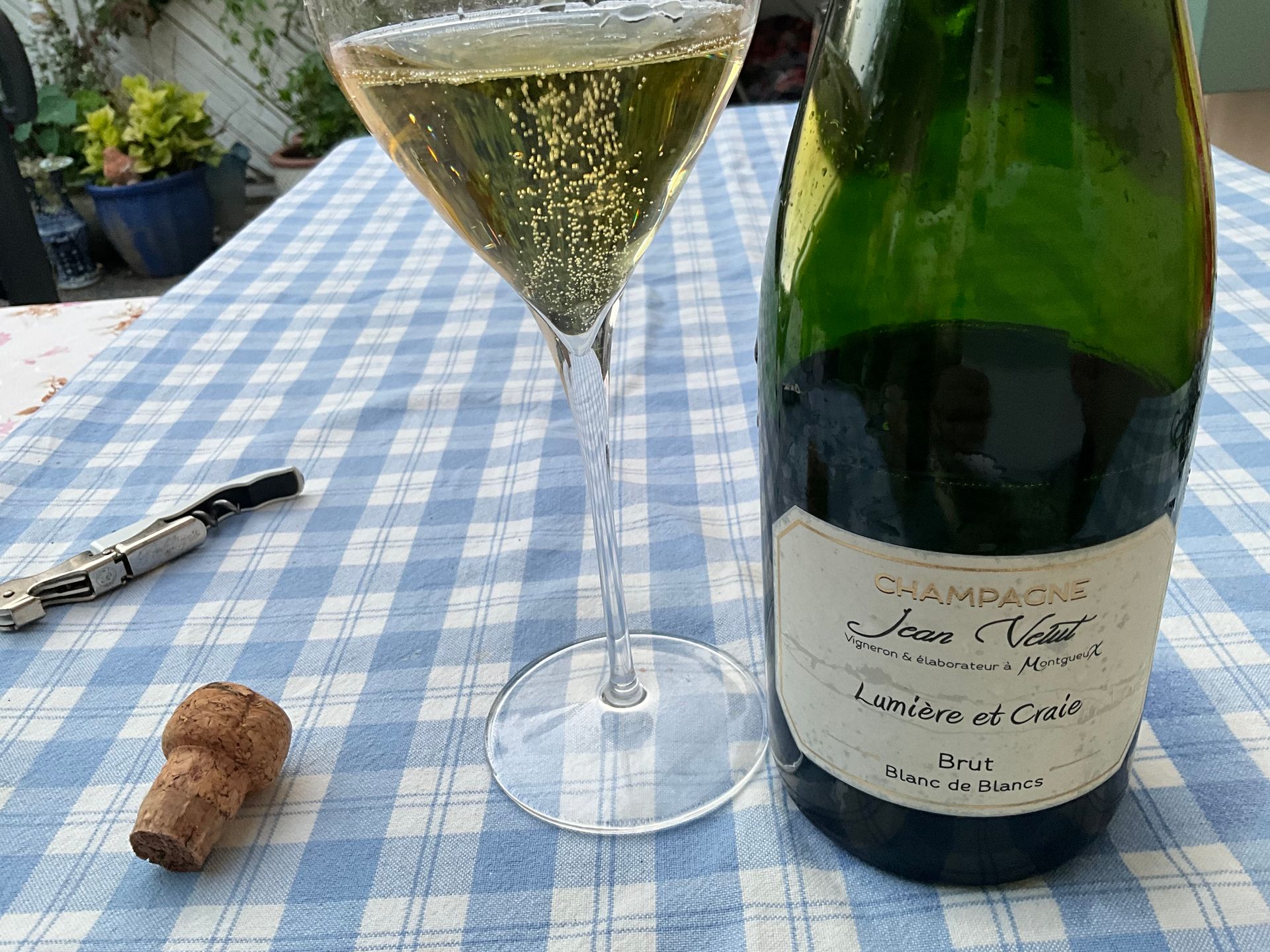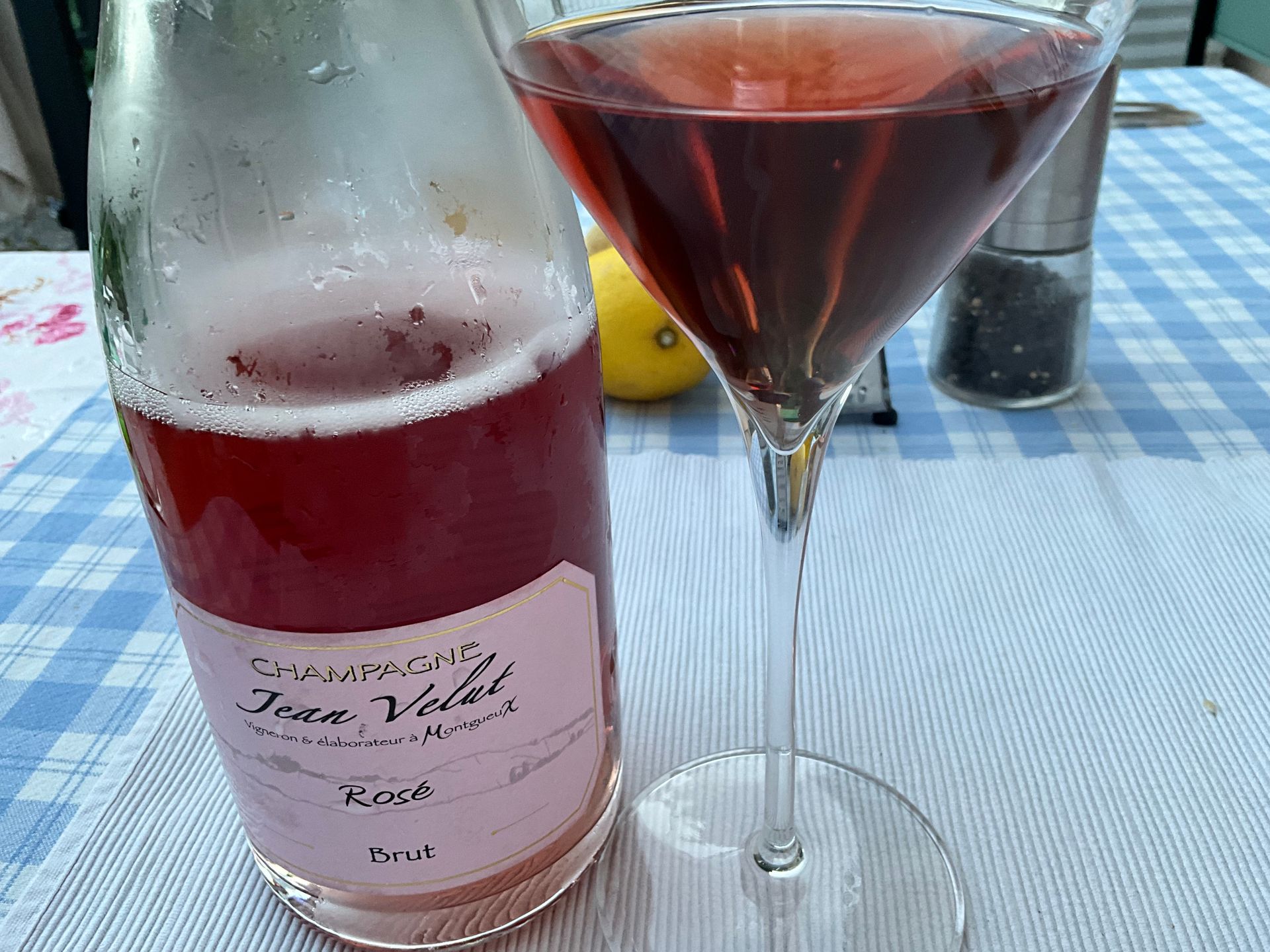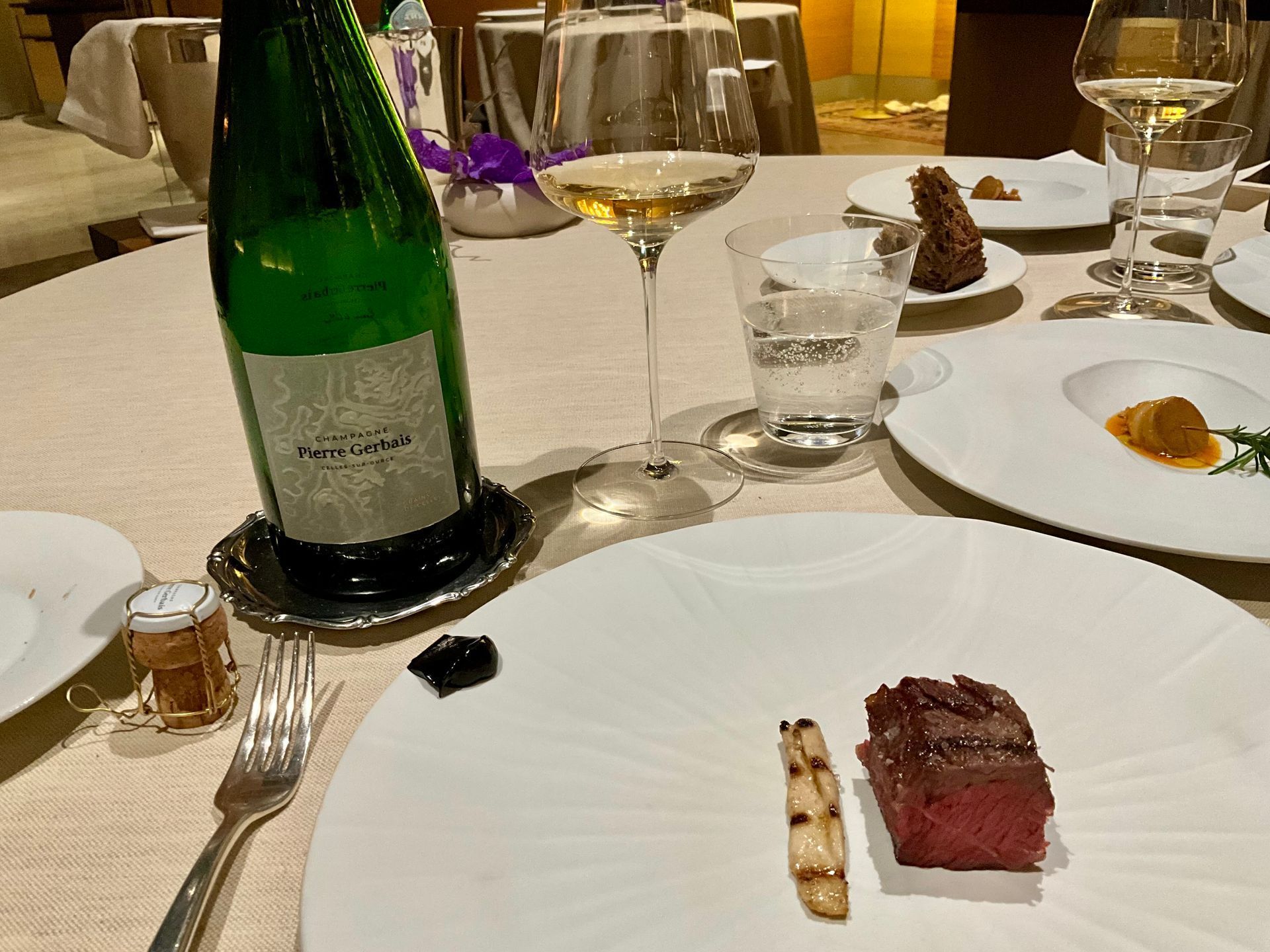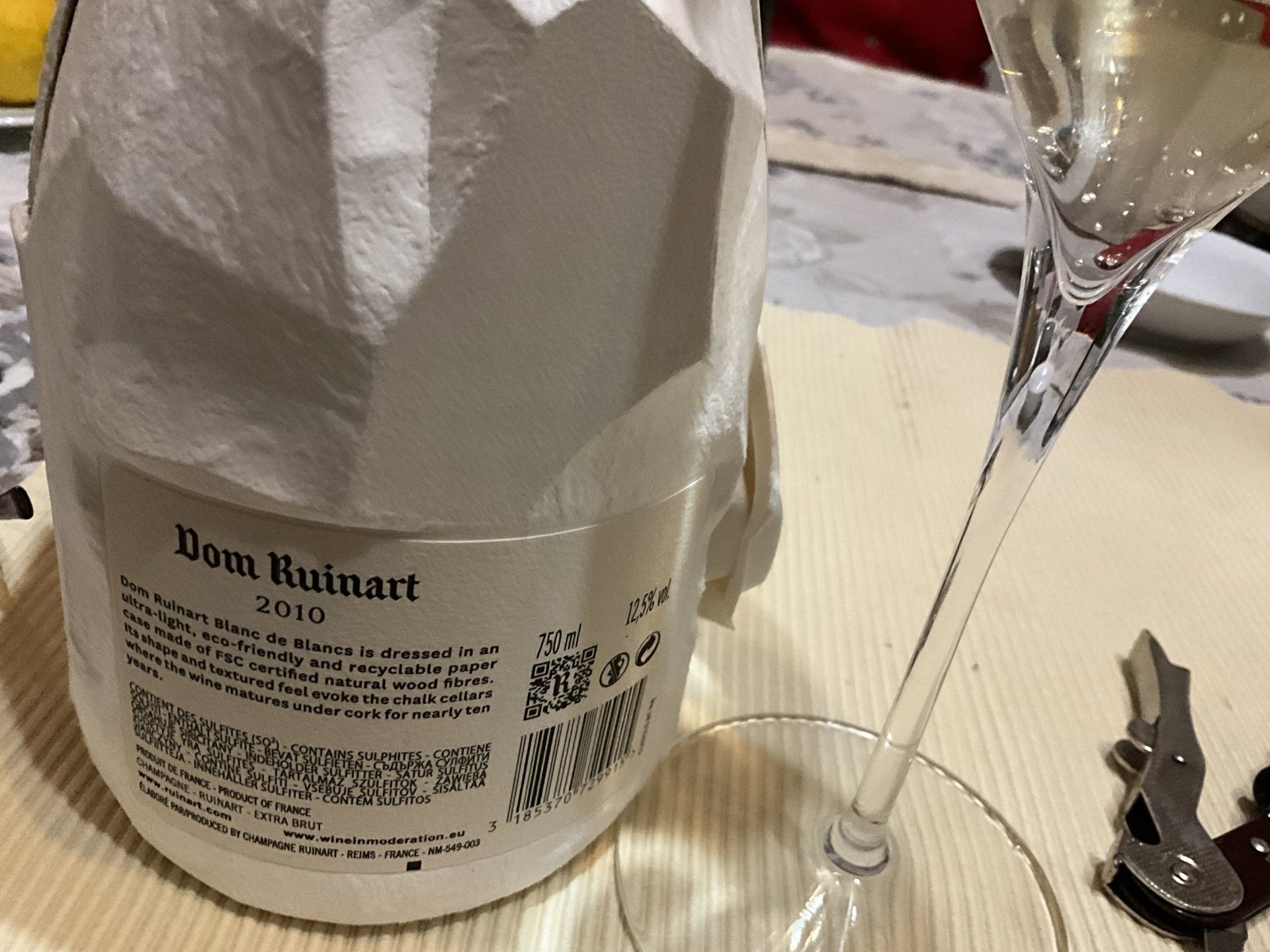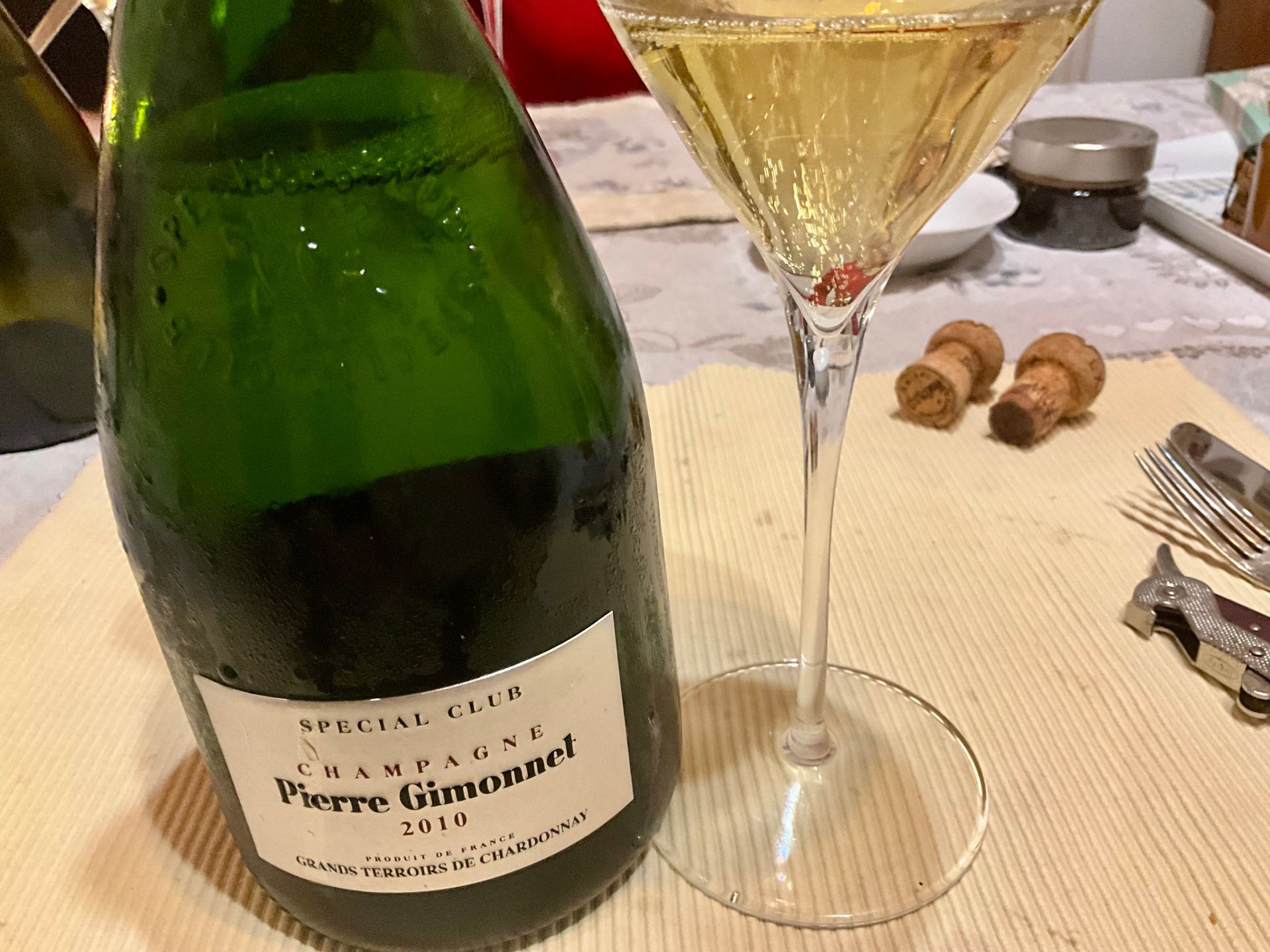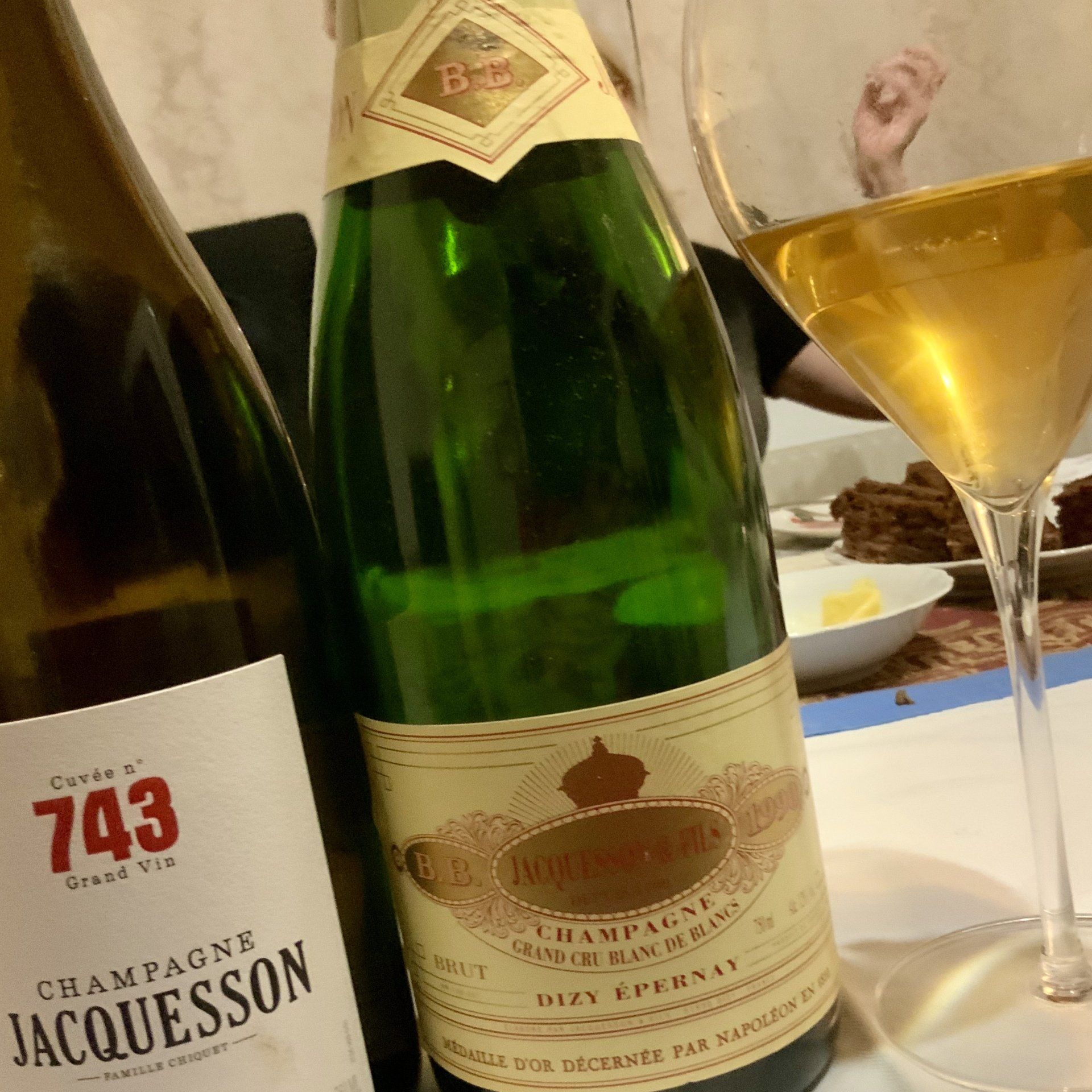BOTTLE EMPTY
2023: MORE EMPTY BOTTLES
If a naked lady orders Caribbean fruit salad for three and drinks two bottles of Blanc de Blancs, she perfects the original sin
May 2023: Champagne Telmont Sans Soufre + a Chinese bestseller from 1076
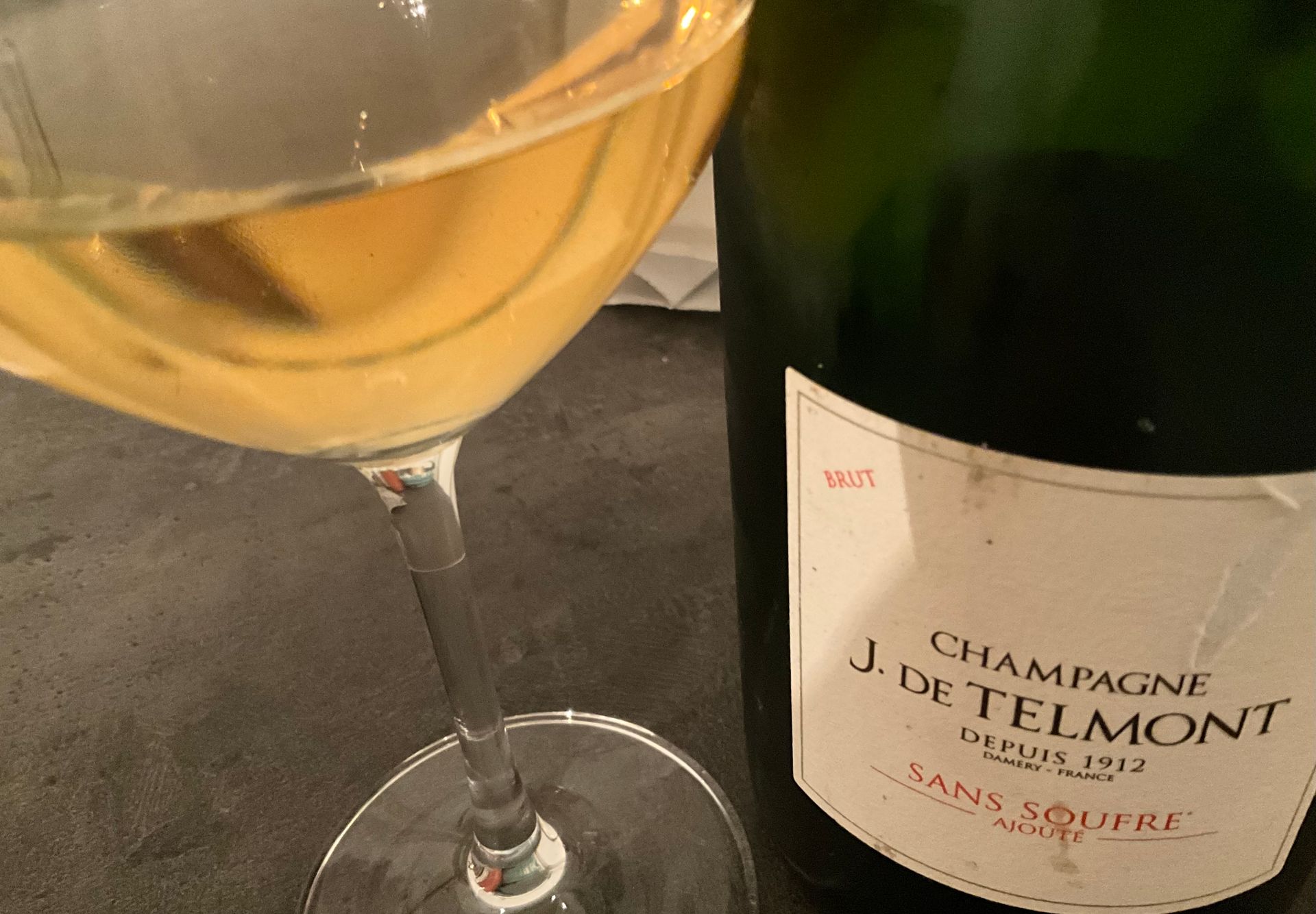
2022 EMPTY BOTTLES
Les Avizes Dezember 2022: Champagne Guiborat Prisme.16 Blanc De Blancs
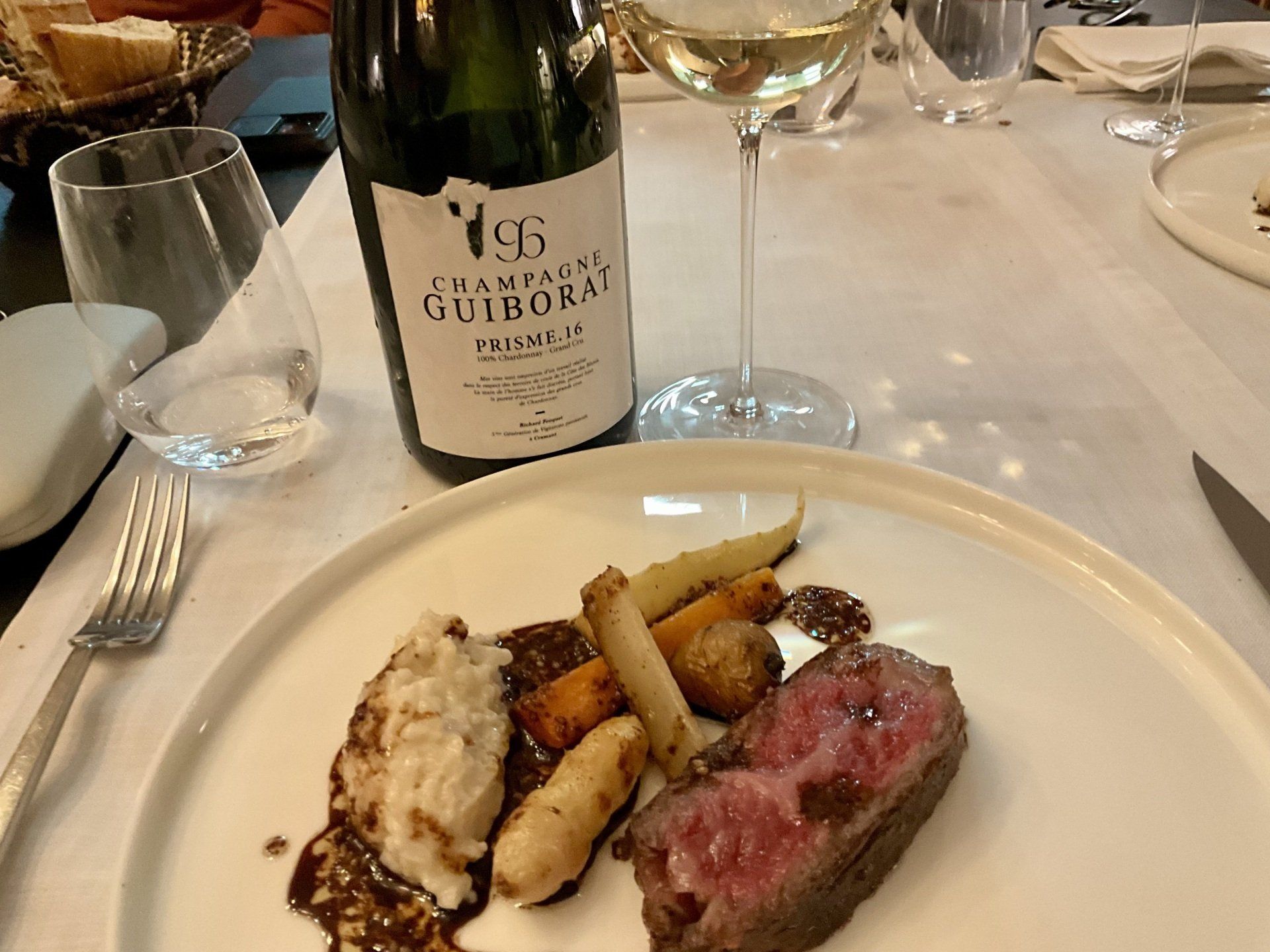
Les Avizes Dezember 2022: Champagne Jacques Selosse V.O. 'Version Originale'
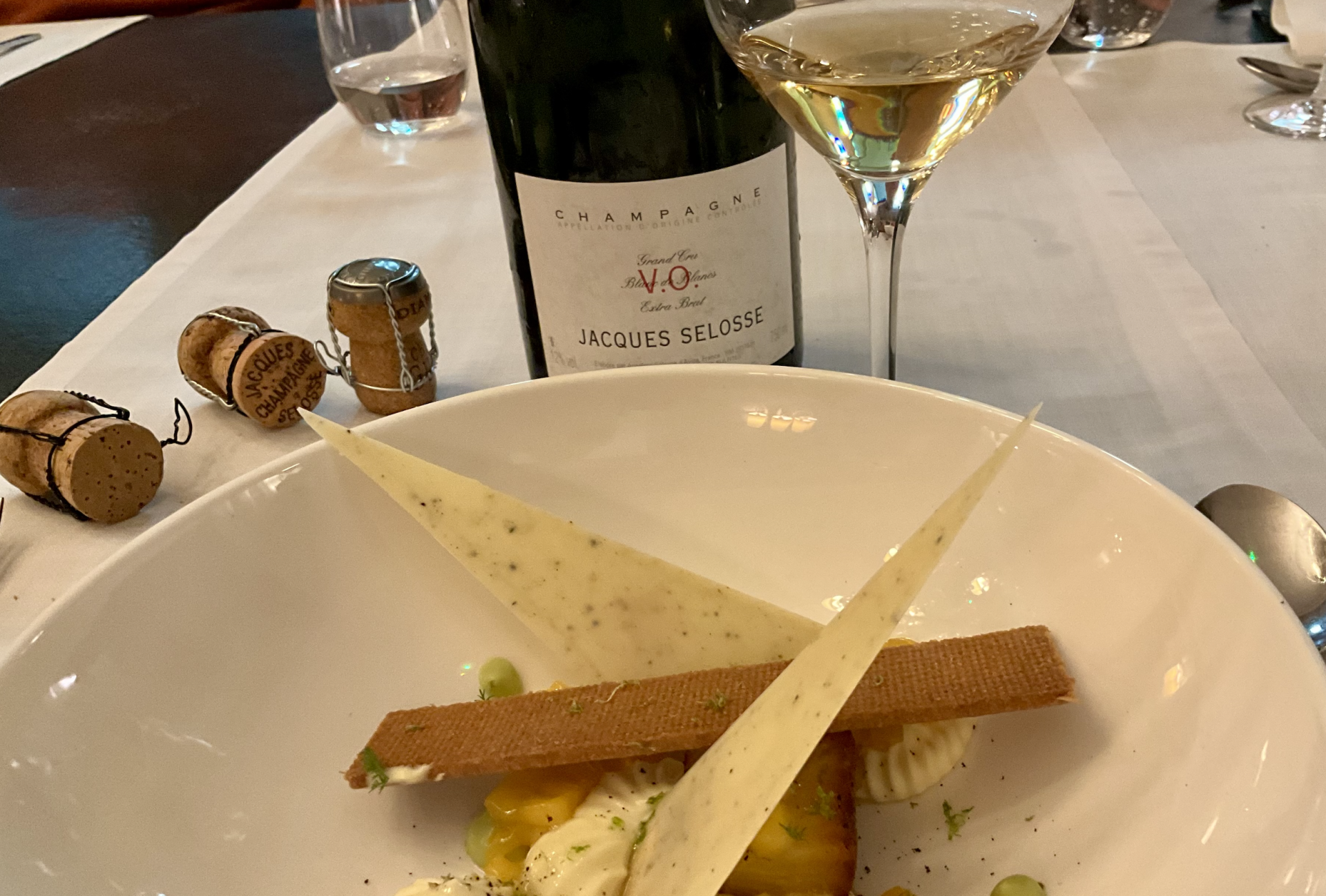
Dezember 2022: Champagne Bollinger La Grande Année 2014
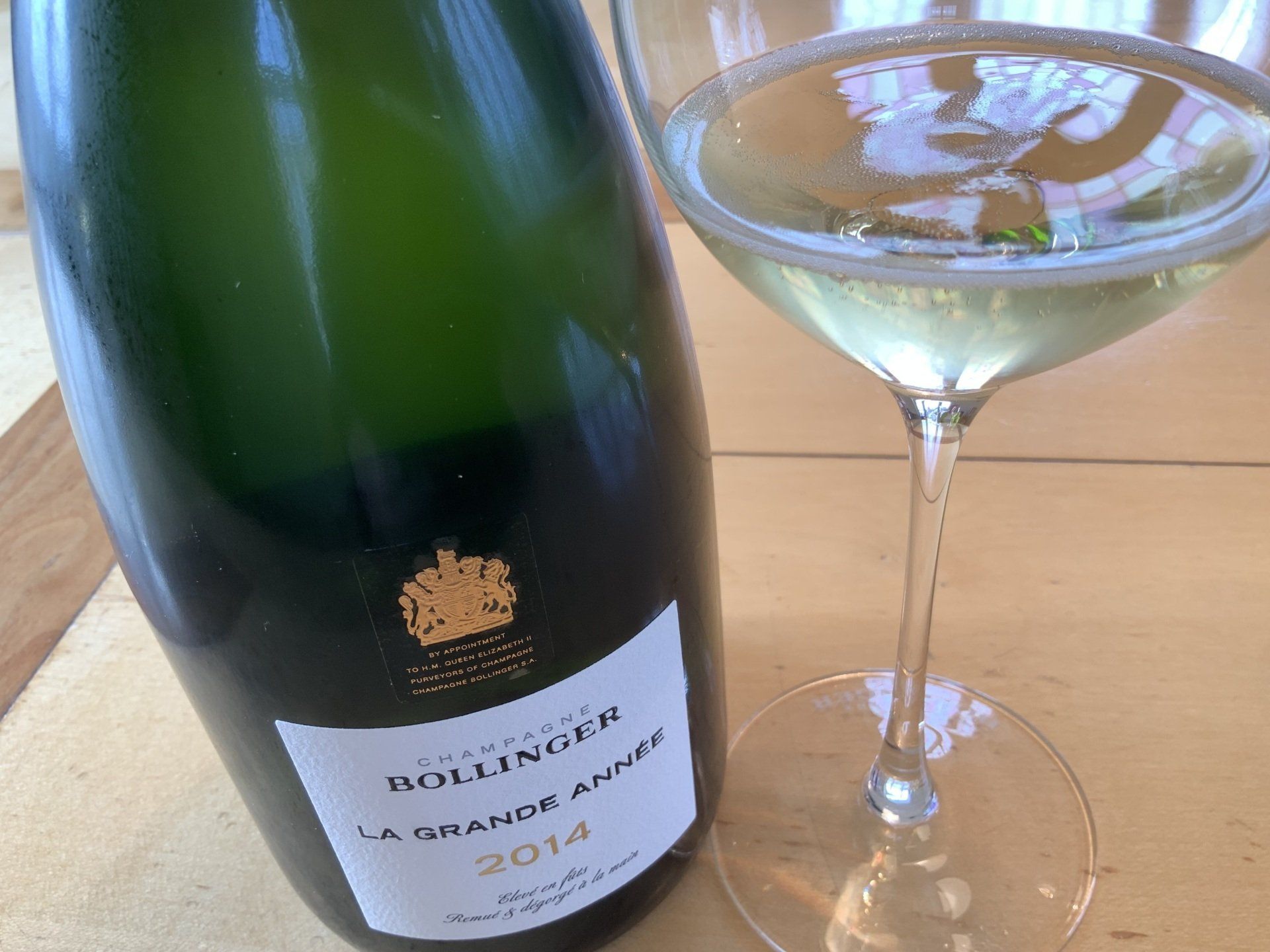
Dezember 2022: Champagne Gaston Chiquet Spécial Club Brut 2013 + Nietzsche on Acidity
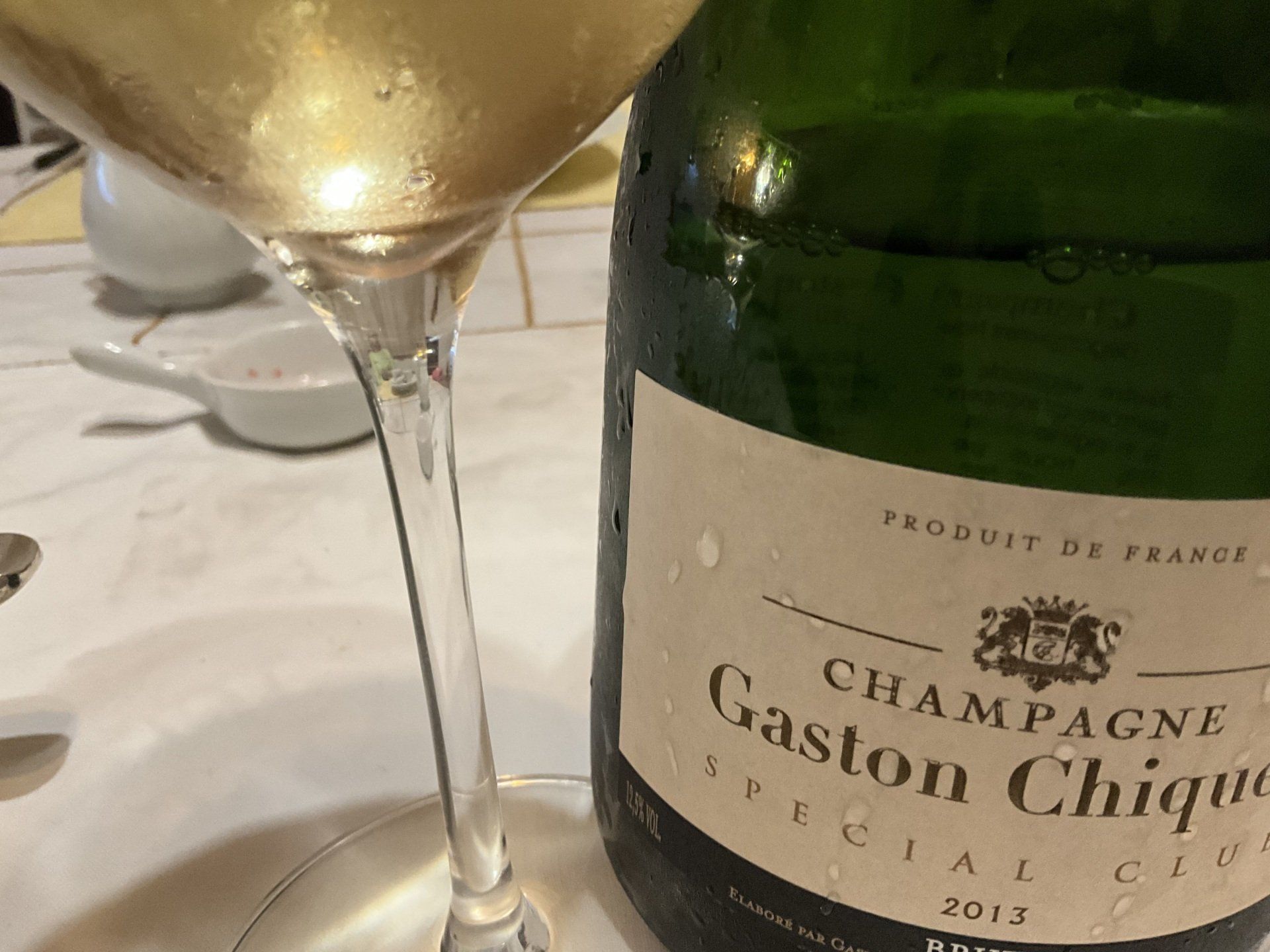
Champagne le Mesnil Blanc de Blanc: A Tribute to the Steeliness of the Terroir
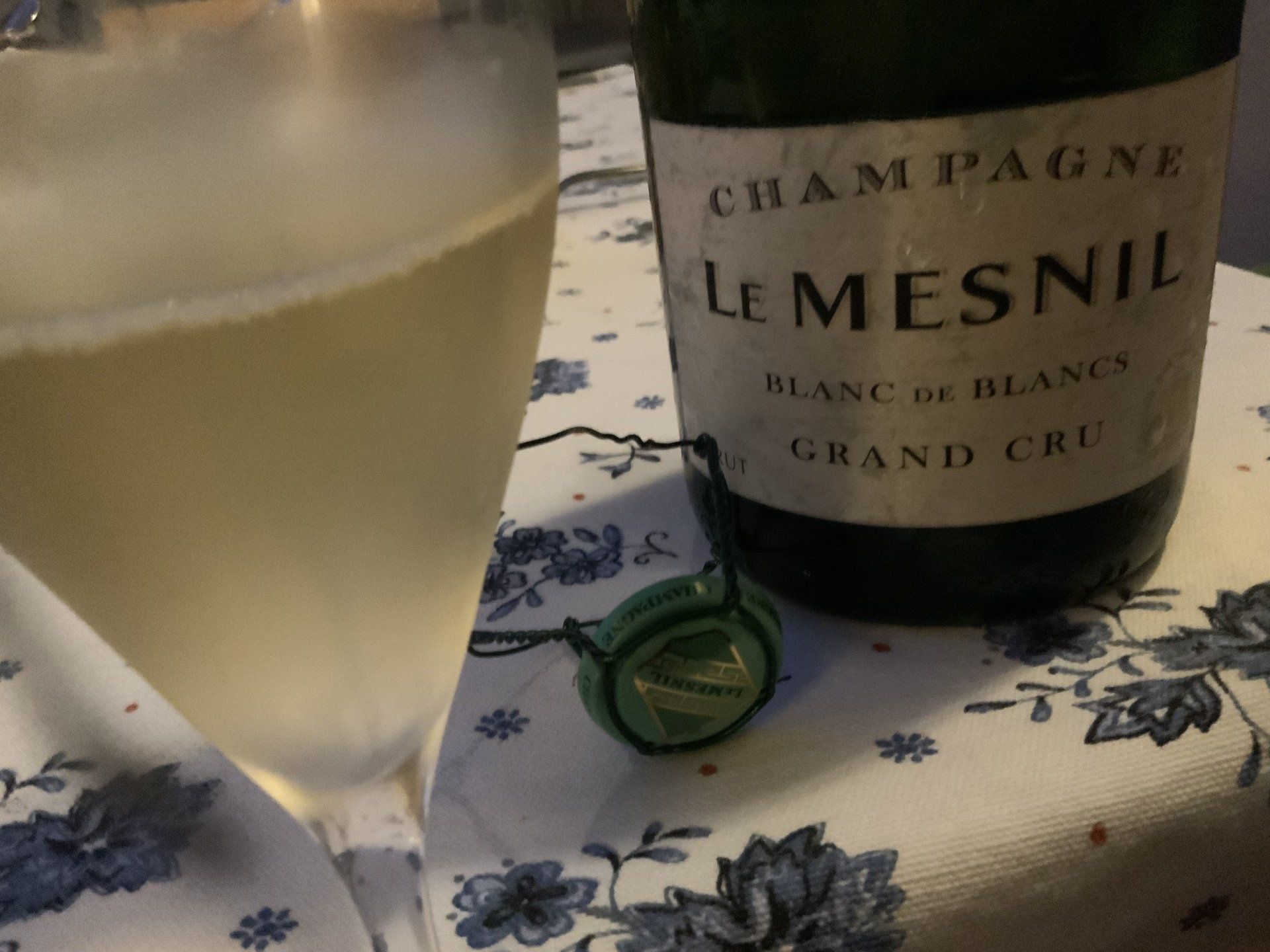
Juni 2022: Champagne David Coutelas, Cuvée César Rosé, + a grilly grilled leg of wild boar
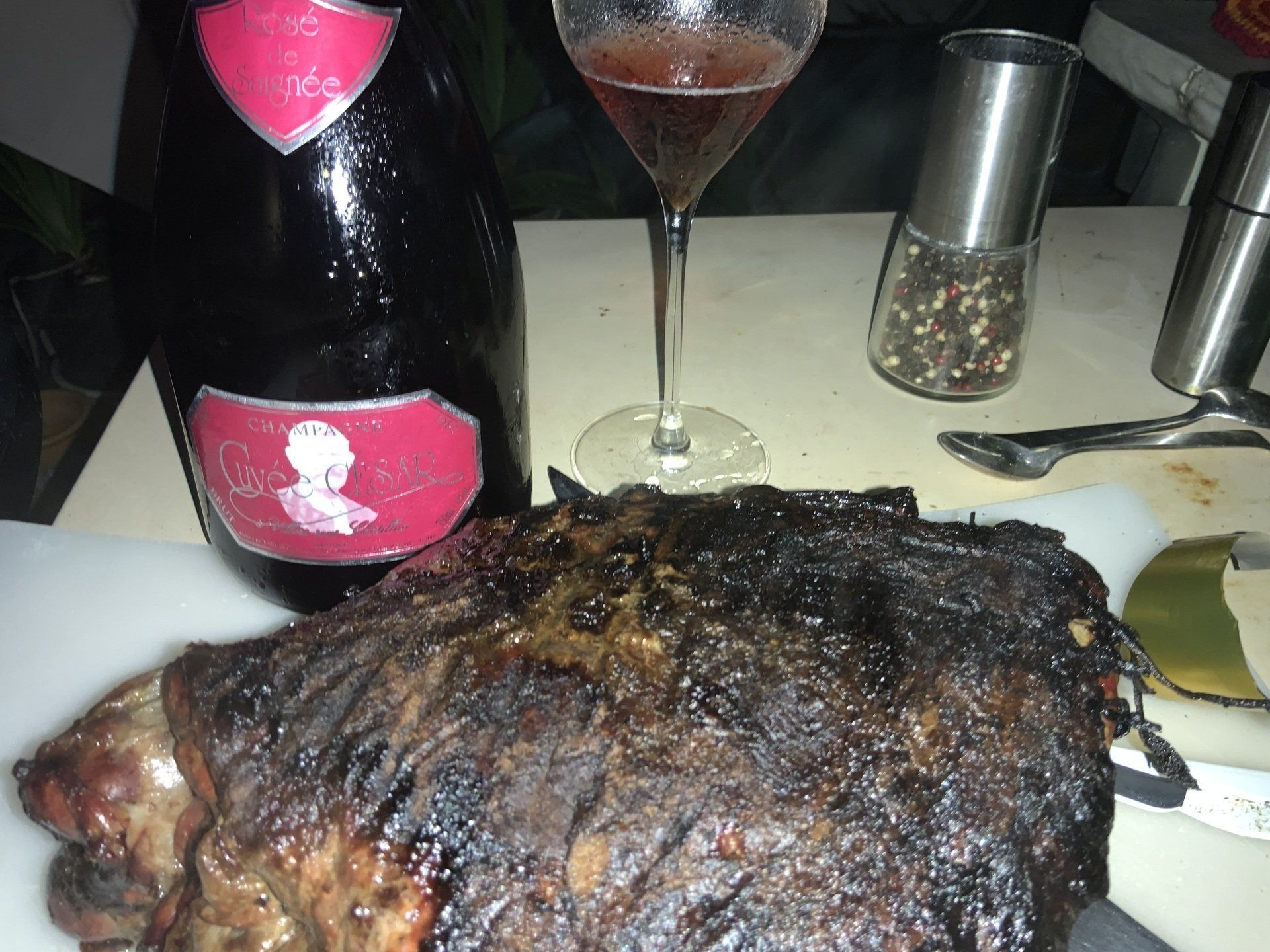
June 2022: Champagne Thiénot Vintage 2012 in Frédéric Dupont's Le Crypto, Reims
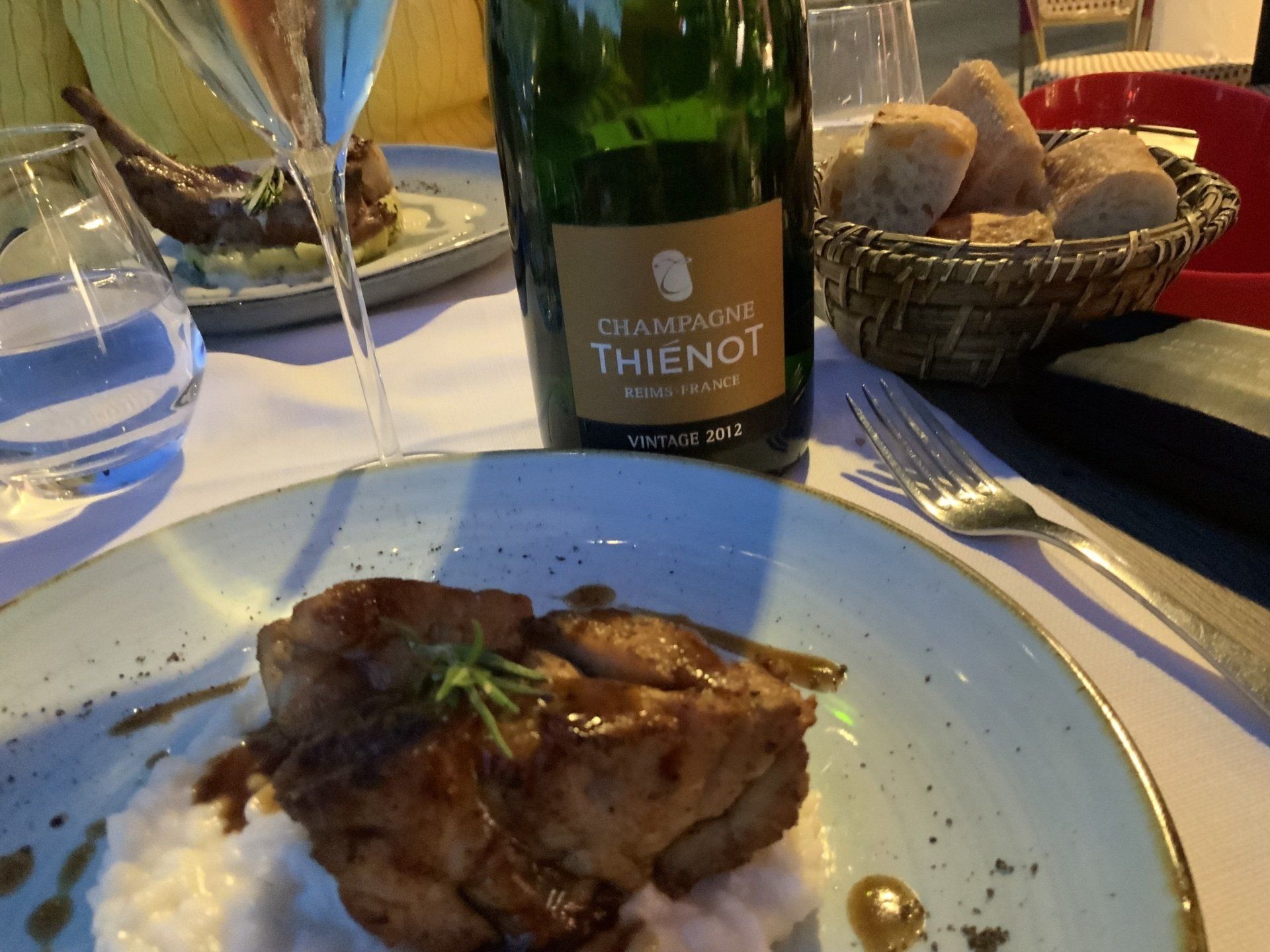
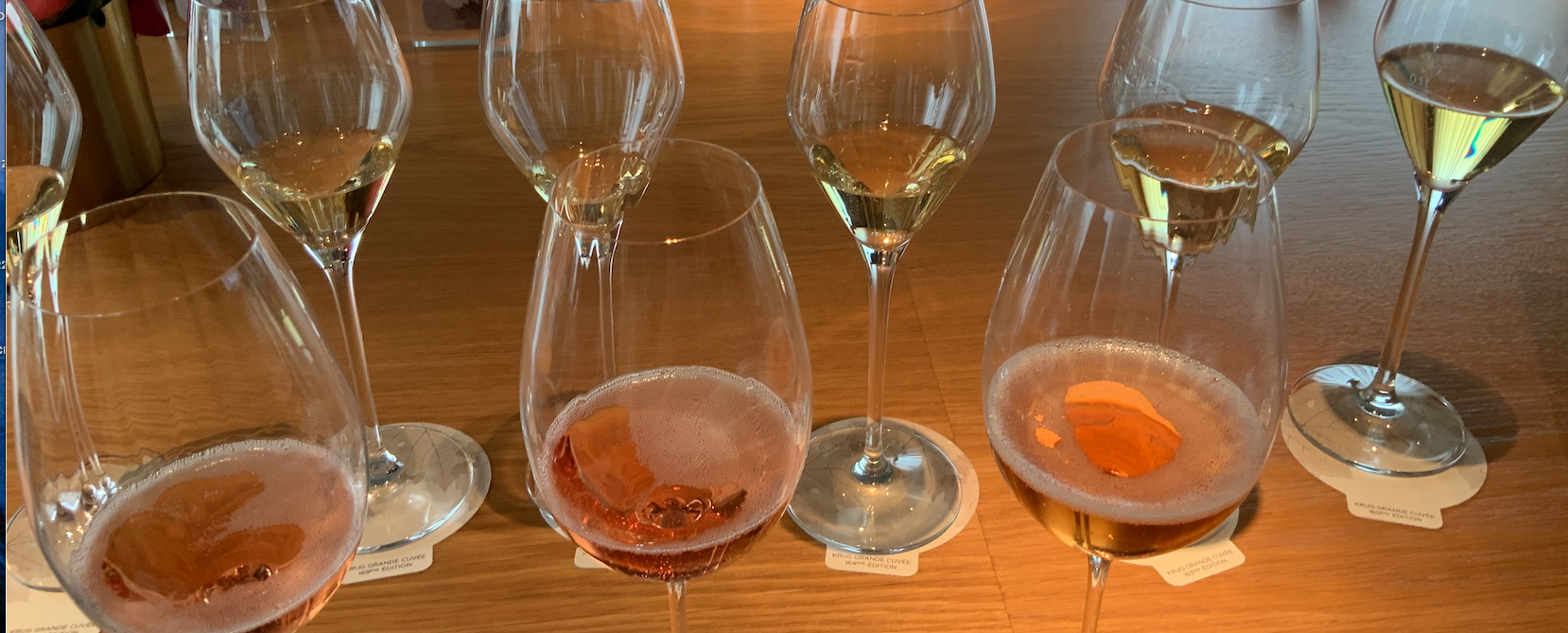
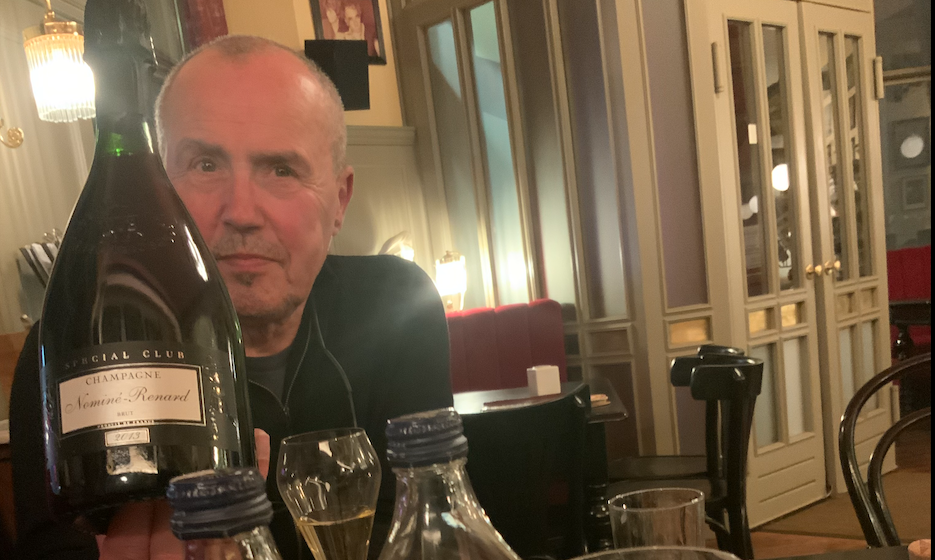
-
ORIGIN BOTTLE EMPTY, WORLD ON SUNDAY
Various empty bottles still stand on the world's website. About Champagner vom Meeresgrund, published on August 15th, 2010 with what felt like a reading time of 3 minutes.
-
FIRST CLASS RELICS FROM PREHISTORY: THE BOARD EMPTY THE LAST BOTTLE
The committee met for six years, the tasting notes will remain on this page.
-
THE 12TH BOARD MEETING IN MARCH 2010: Moet & CHANDON AND ROEDERER AND THE EXCEPTIONAL VINTAGE 2003
The committee was reorganized and this time took on a special challenge: the rare wines from the unusual 2003 vintage were tasted.
-
THE ELEVENTH BOARD MEETING IN JULY 2009: WHY NOT EVEN UNKNOWN WINEMAKER: CHAMPAGNE ALEXANDRE, CHAMPAGNE MARIE COURTIN, CHAMPAGNE HERVY-QUENARDEL, CHAMPAGNE LAMBLOT, CHAMPAGNE PIOLLOT
The Champagne appellation comprises over 300 villages, some famous, others less so. Courmas, Polisot, Janvry are undoubtedly names that arouse sensual awe in very few so-called established Champagne experts. These three crus are exactly what one could call rustic Champagne: villages in which the typical Champagne winegrowers live and work, and there are over 15,000 of them, as is well known. After all, almost 5000 of them make their own champagne, and this guarantees a variety of tastes that has something for every wine lover. Reason enough for the committee to take a closer look at the products of this rather unknown Champagne - and of course, with Verzenay, a Grand Cru was also smuggled into the blind tasting.
-
THE TENTH COMMITTEE MEETING IN AUGUST 2008: CHAMPAGNE DEUTZ FROM AY
A small but very renowned champagne house - this is how Champagne Deutz has been treated by connoisseurs over the decades. A euphonious name, certainly, but the long reverberation of the euphony may eventually die off. Champagne houses are also required to constantly improve the quality of their cuvées. The simple questions that the committee asked itself on this September evening were: “Is Deutz Champagne drinkable?” and “Is a Deutz style recognizable?
-
NINTH BOARD MEETING: AND CONTINUING THE LADIES CHOICE - ROSES BY BILLECART-SALMON, BLIGNY, FLEURY, LAURENT-PERRIER, MAILLY
Rosé champagne is becoming increasingly popular (see also the introduction to the 8th committee meeting), reason enough for the committee to take up this genre again. As always in the context of a blind tasting.
-
THE BOARD TESTS THE LADIES CHOICE: ROSES (with Pirat) - ALFRED GRATIEN, JACQUART, LANSON, POMMERY, RUINART, SEKTGUT BARTH
Rosé champagne: You drink it with restraint, in small sips, your palate and taste buds tense. It is best to look into the glass to see how the small bubbles rise to the surface and then burst like a spray. If you look closely, you can observe a blue-green shimmer in the rosé tone of the wine for a few milliseconds. Then the hue changes again, perhaps to a subtle pale gold. Rosé champagne is colour, romance, elegance and passion. The perfect aperitif, but also an ideal accompaniment for a date or even a nice, eye-catching gift. And maybe that's why it's a trend among German wine lovers.
-
THE SEVENTH BOARD MEETING: THE GRAND CRU COLLECTION BY NICOLAS FEUILLATTE
In Champagne, as in every other important wine region, the terroir is decisive for the individuality of the wine: the northern climate, the soil, including the famous chalk soil and of course the people, the cellar masters and winegrowers. Remarkably, the Champagne of the trading houses is generally not a terroir wine. The cellar masters blend their basic wines into a harmonious composition, so that in the end the differences between the different sites are no longer noticeable. The flag of the terroir in Champagne is held high above all by the winegrowers, and now NICOLAS FEUILLATTE, a Chouilly-based cooperative, is presenting a connoisseur's collection: vintage champagnes from the famous Grand Cru vineyards Ay, Verzy, Ambonnay, Cramant, Chouilly and Mesnil-sur-Ogre. This collection should always come onto the market in particularly good years, and not all editions will be available in Germany - at the moment it's Ay and Cramant. Of course, the committee wanted to know how this innovation from the well-known cellar master Jean Pierre Vincent was doing. As always, we blindly tested five different single-vineyard champagnes from 1996. Because of the high acidity in the wine, these are considered to be particularly storable wines.
-
THE BOARD TASTES AUTHENTIS FROM DUVAL-LEROY
Hervé Jestin is the name of the likeable cellar master of the Champagne house Duval-Leroy, founded in 1859 in Vertus, which lies at the end of the Côte des Blancs: Responsible for a total of over six million bottles a year, Jestin has retained his sense of the individual. He is a wine individualist, a man in search of the essence behind ideas. He has worked at Duval-Leroy since 1982 and has "changed a lot" since then, as he describes himself. For him, fermentation is not just a chemical operation, and so he does not shy away from experimentally adding music to his fermentation tanks He also had magnets installed under the cellar of the house in order to get the most out of his wines. And so the committee did not hesitate for long when Jestin called with the question: "Would my latest creation - Authentis - not even worth a tasting with you?
-
THE FIFTH TASTING (with Pirat): BLANC DE BLANCS FOR SPRING - BILLECART-SALMON, FRANCK BONVILLE, DRAPPIER, MENGER KRUG
Received an article recently from someone asking you to read it. Rather reluctantly, because senility has a name, that of the author: Siebeck - see also the exact analysis of a Nobel Prize winner and author of a cookbook. Personally, the main question I asked about your text was: "The letter has become long, are you actually still reading it?" Be that as it may, Wolfram Siebeck tries his hand at champagne again and concludes, together with his illustrious jury, in Die Zeit No. 53 of December 22, 2004, "it's better to drink a good bottle of wine". Well, the jury is always up for such tips grateful, after our strenuous meetings we like to open a bottle of Grüner Veltliner Maximum 2002 from the Hiedler winery in the Kamptal in Austria, nevertheless, we don't give a damn about champagne. So let's forget Siebeck's professional advice "Not so sparkling". and actually try to distinguish champagne from sparkling wine in a sample, as always remaining in a champagne category - this time, at the beginning of spring, three Blanc de Blancs and a pirate: a Chardonnay sparkling wine from Germany.
-
THE COMMITTEE WILL MEET IN JANUARY 2005: BLANC DE BLANCS- WOOD AGAINST STEEL - AR LENOBLE, DE MERIC, POMMERY, DE SAINT GALL
"Clever couples in love never drink champagne," Gustave Flaubert claimed in his, and of course this motto applies above all to Blanc de Blancs, a champagne made only from white grapes, which is particularly good as an aperitif. In Champagne, white grape Chardonnay brings refined and Particularly subtle aromas emerged, reason enough for the committee to compare two champagnes aged in wooden barrels with two that were fermented in steel tanks.
-
THE THIRD TASTING: NON-VINTAGE BRUT - AYALA, BEAUMET, JACQUESSON, BRUNO PAILLARD
Four wine lovers got together to discover the whole variety of Champagne wines. The committee, which of course met again at the beginning of spring for another tasting: Once again, the non-vintage Brut was caught in the crossfire of the taste sensory system, and once again, as was to be expected, there was a lively discussion. And so we recommend every wine lover to recreate this tasting at home. A few friends and some bottles are all it takes.
-
DIE ZWEITE VERKOSTUNG JANUAR 2004: BLANC DE NOIRS - DE VENOGE, DUVAL LEROY, MAILLY GRAND CRU, POMMERY
If you drink champagne, you have to know when. And we at the CHAMPAGNE-GREMIUM say: In autumn and winter, when the temperatures outside settle down to around freezing point and you make yourself comfortable inside, then it's time for a strong champagne - time for a Blanc de Noirs. A Blanc de Noirs is also the ideal accompaniment to those dishes that you like to eat yourself in winter: roast pork, a hearty steak in red wine sauce or even a crispy roast goose.
-
THE BOARD FORMS - JACQUART, POL ROGER, RUINART, JOSEPH PERRIER
There's no question that champagne is a wine for encounters: you drink it for your first date, for foreplay with a brunette, for an official reception, for a family celebration or on a warm summer evening with friends and acquaintances at a garden party. Champagne is also an excellent accompaniment to a meal, which is often forgotten in the Protestant parts of Germany. Above all, champagne is a wine that produces a large number of independent products: there are around 10,000 different champagnes just waiting to be tasted seriously. But by whom?
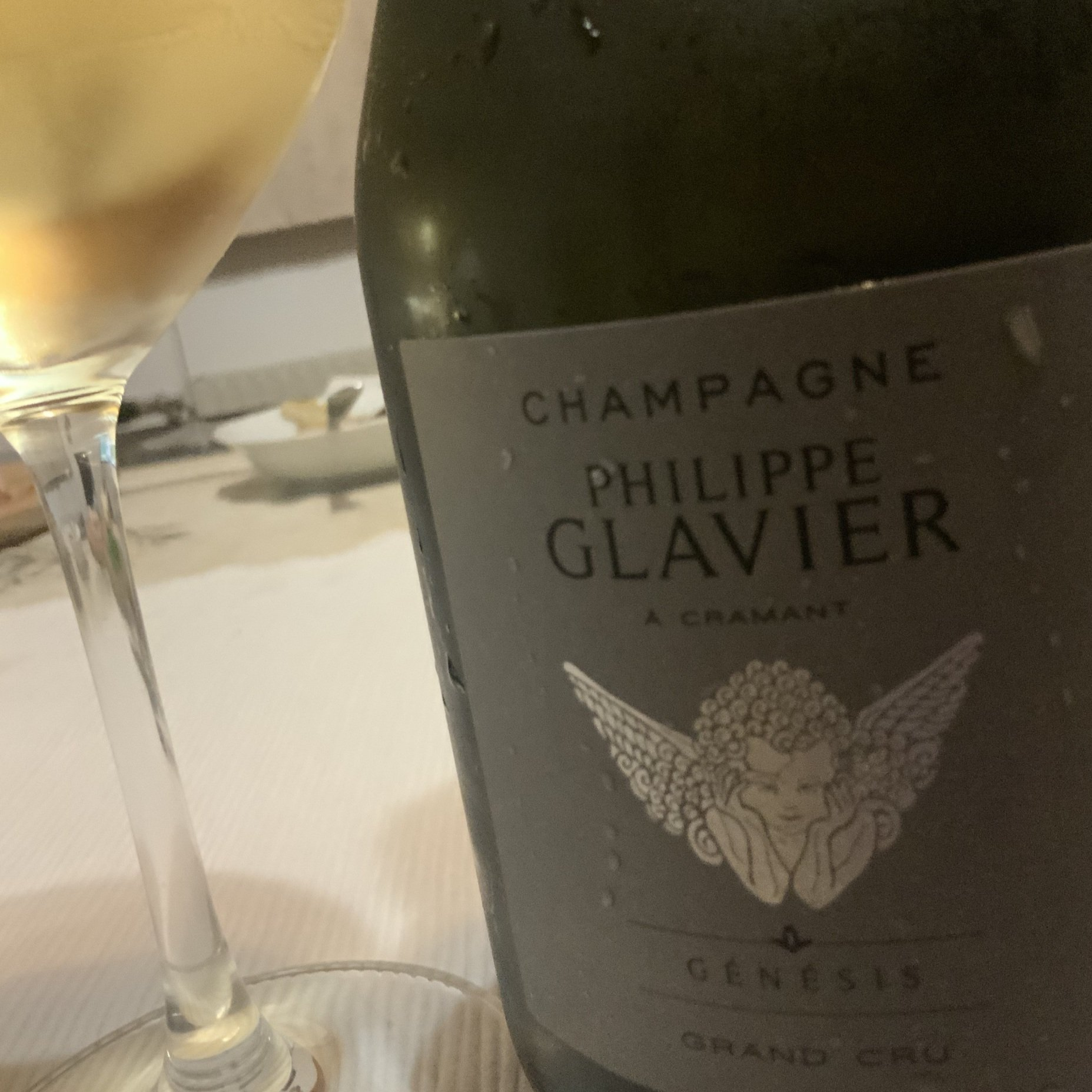
new text
new text




